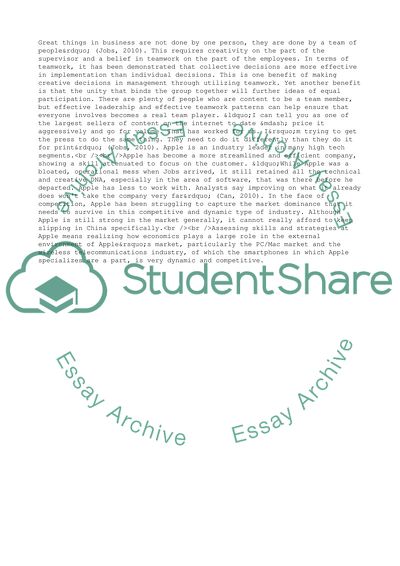Cite this document
(Routines and Capability of Apple Company Case Study, n.d.)
Routines and Capability of Apple Company Case Study. https://studentshare.org/business/1743378-routinescapability-of-apple-company
Routines and Capability of Apple Company Case Study. https://studentshare.org/business/1743378-routinescapability-of-apple-company
(Routines and Capability of Apple Company Case Study)
Routines and Capability of Apple Company Case Study. https://studentshare.org/business/1743378-routinescapability-of-apple-company.
Routines and Capability of Apple Company Case Study. https://studentshare.org/business/1743378-routinescapability-of-apple-company.
“Routines and Capability of Apple Company Case Study”. https://studentshare.org/business/1743378-routinescapability-of-apple-company.


